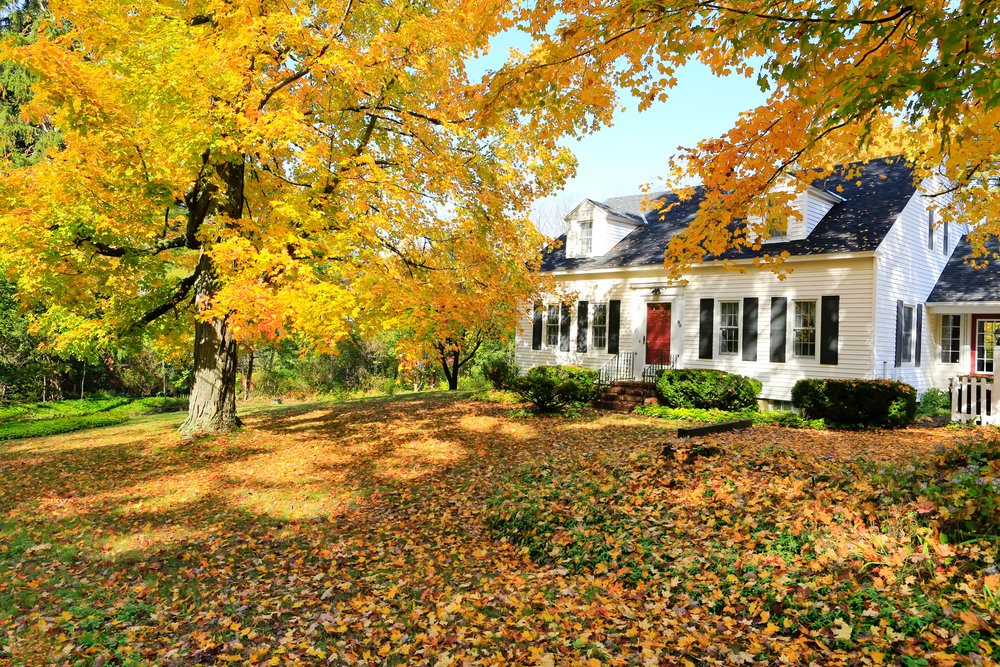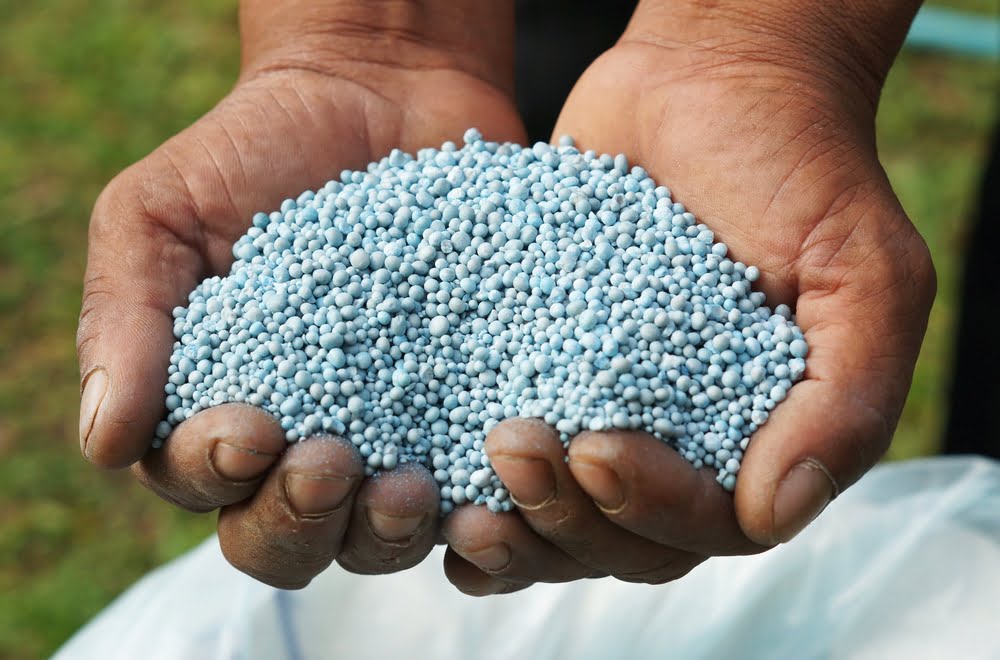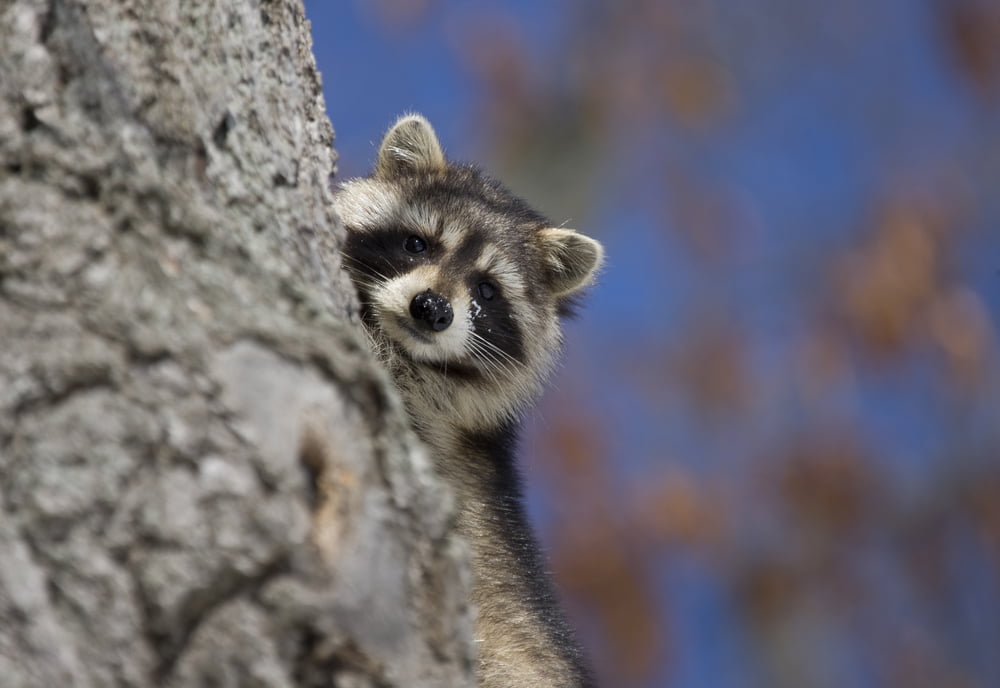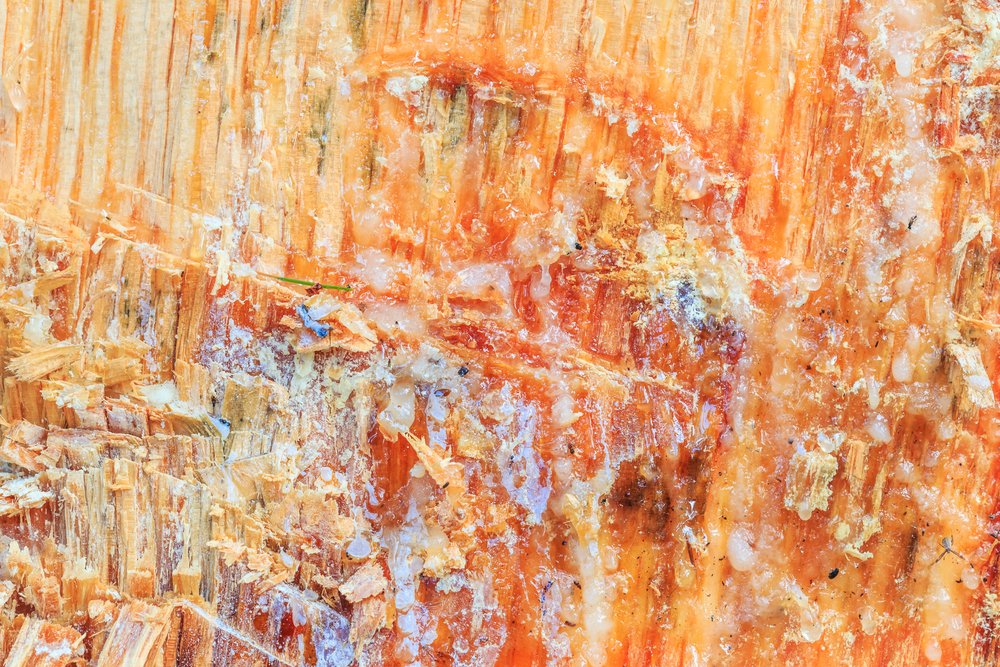You’re familiar with tree services like pruning and trimming, but did you know trees sometimes need help to survive the cold?
Can trees really “freeze to death”?
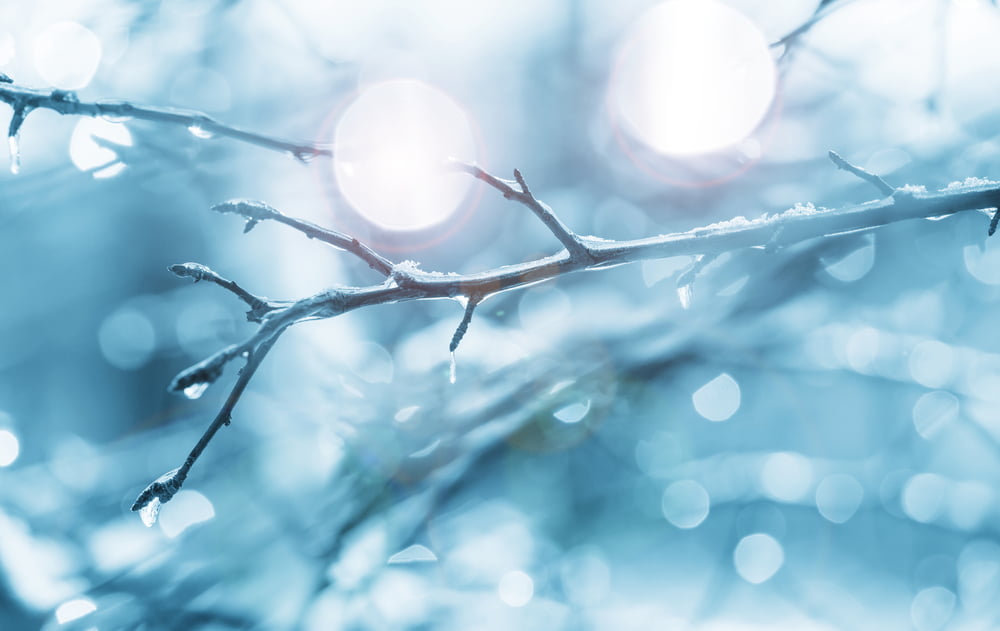
Yes, but it’s uncommon, mostly because trees grow and thrive only in regions where they’ve evolved and adapted to the weather. That’s why you don’t see palm trees in Alaska!
Different species can handle various temperatures. Live oaks can survive in 20F. However, arborists and scientists don’t know all the specifics of how trees manage in extreme temperatures, because the cellular tolerance mechanics are highly complex. Variables like exact temperatures and the duration of freezing weather also play roles, as do the health and age of the tree.
An Evolutionary Matter
According to research in the Nature journal (2013), scientists honed in on three key traits that trees use to prevent freezing.
First, when trees drop their leaves in autumn, this stops the water flow from roots to leaves. Leaves are ultimately a water transportation system. Some trees boast thinner xylem cells, another part of the water transportation system, to put a stop to freezing.
Finally, some trees shrink back to the ground and re-sprout in spring. Seeds from these trees fare better in winter.
Your Best Tree Services for Winter
Trees are living organisms, and preventing their cells from freezing is a must. Plants and trees will create solutes (or sugars) to alter water’s freezing point and make proteins that reduce ice crystal formation. Both processes encourage cells to “supercool” well below freezing, all while preventing ice from forming. Nature scientists say that at around -40F, these attempts become fruitless, as trees get dehydrated and the water within them freezes.
Fortunately, -40F temperatures aren’t common in Utah. Homeowners can help their trees fare better in winter months by staying on top of routine tree services; keeping an eye out for damage, pests and infestations; and having an arborist examine trees in the autumn and spring.
Just like humans, unhealthy trees will have a much tougher time surviving stressors like freezing temperatures.
Getting your trees checked for pests, disease and general health can help ensure they fare well in cold weather. Ideally, checks are completed in autumn, but a winter check can help provide peace of mind.
As a homeowner, when selecting new trees and plants for your landscape, it’s best to choose native plants that have naturally evolved to thrive in your geographic location. Trees native to Utah include the Douglas fir, oaks, maples and junipers, so you have a big and beautiful selection to choose from.
Get more tips on helping trees survive the winter by calling Reliable Tree Care, your local Utah tree experts.

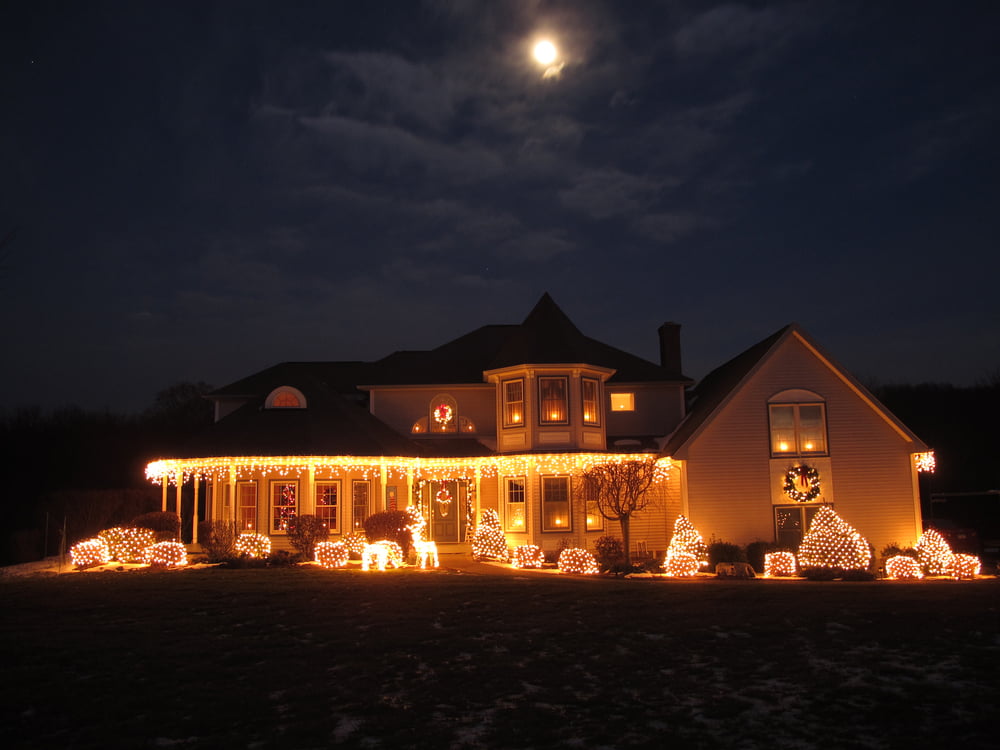

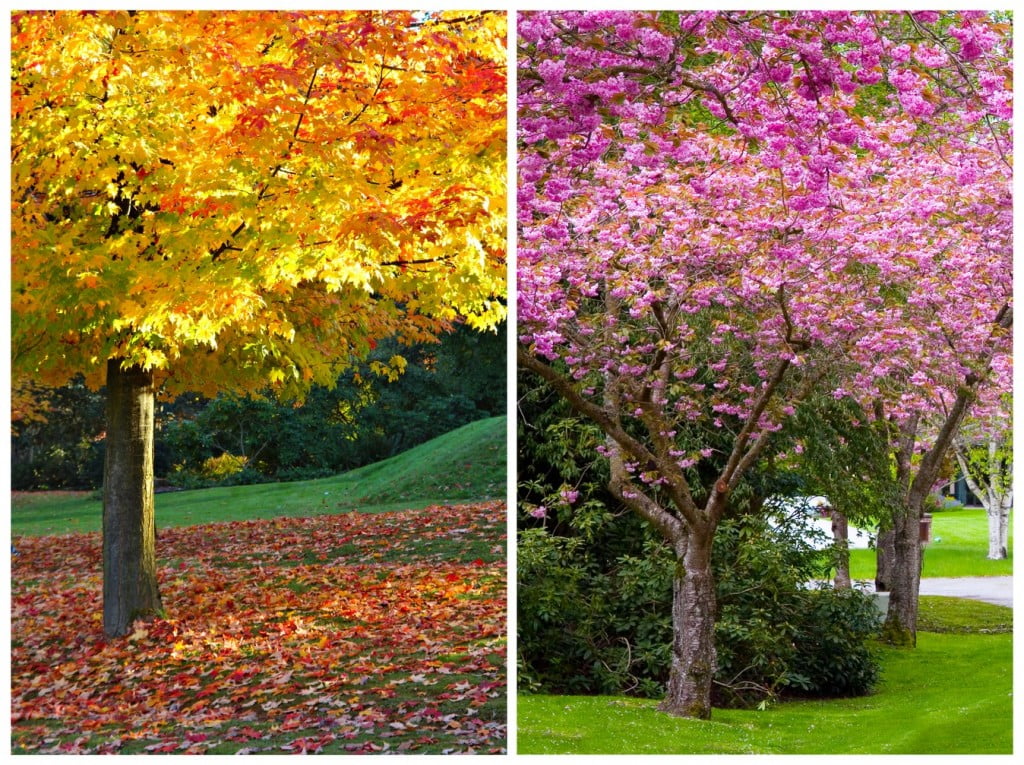 What does autumn
What does autumn 
